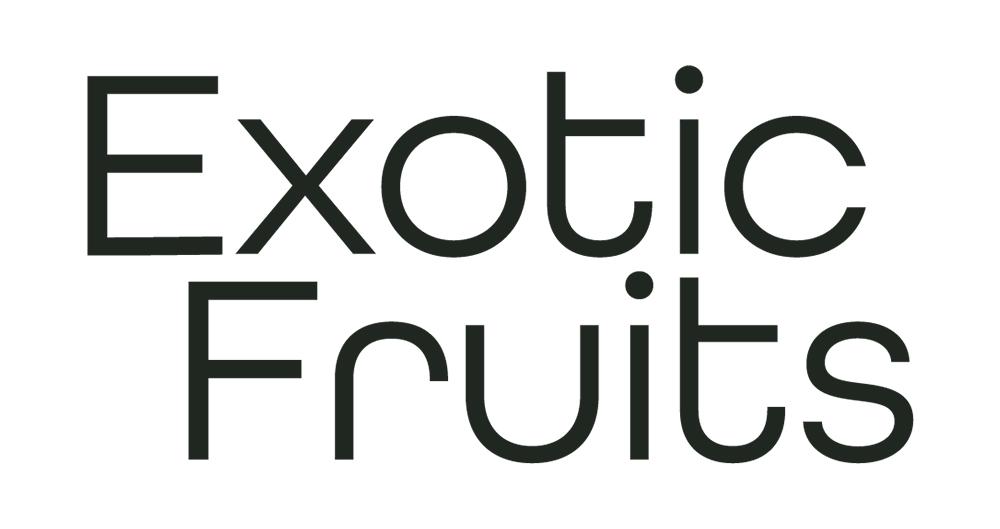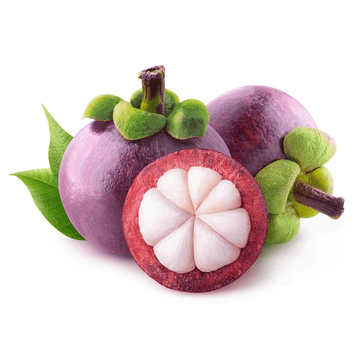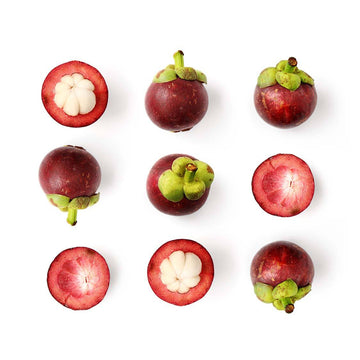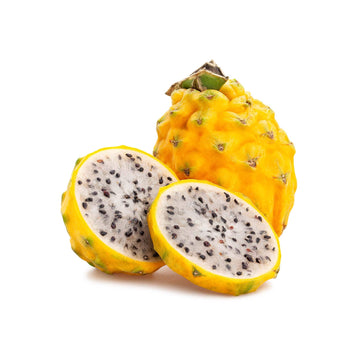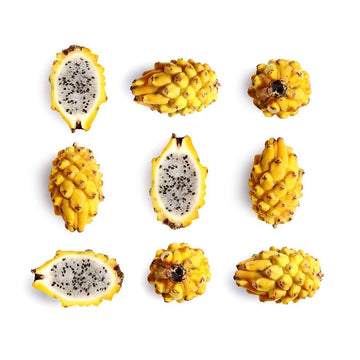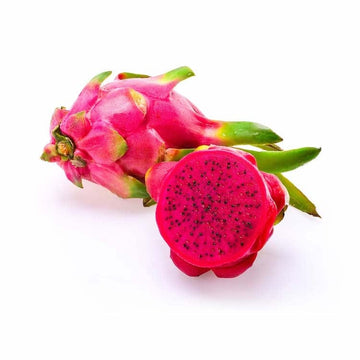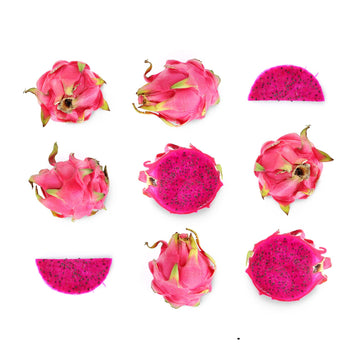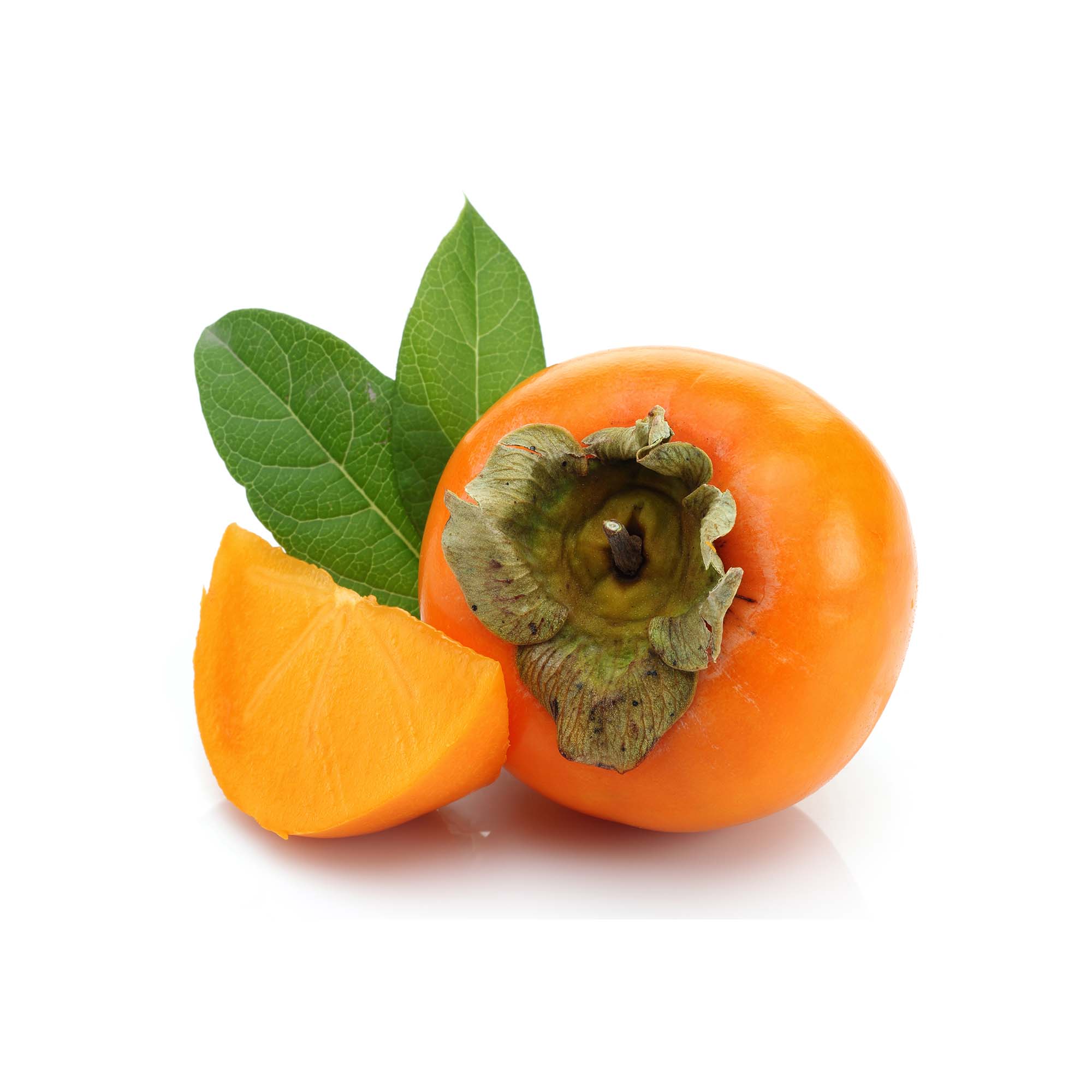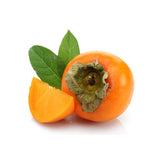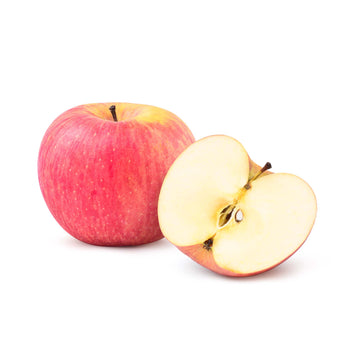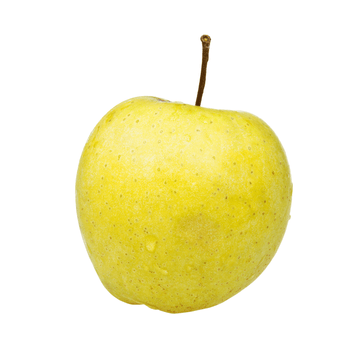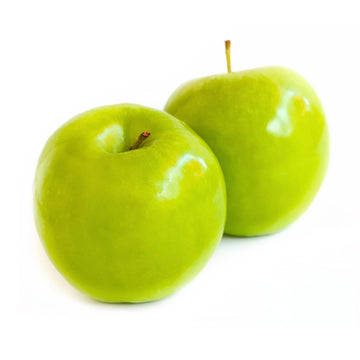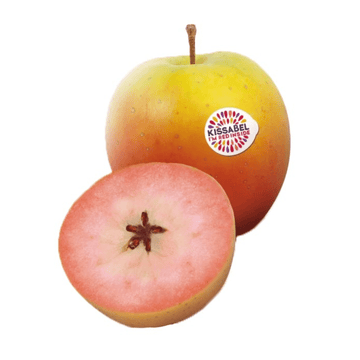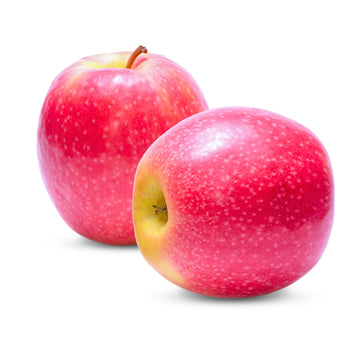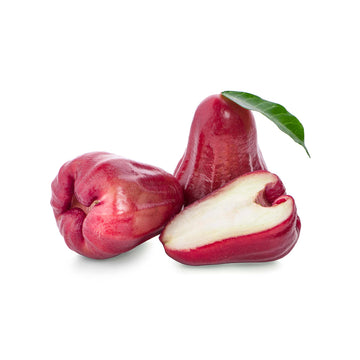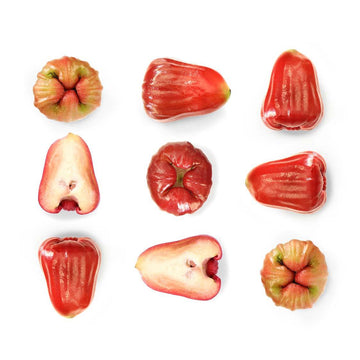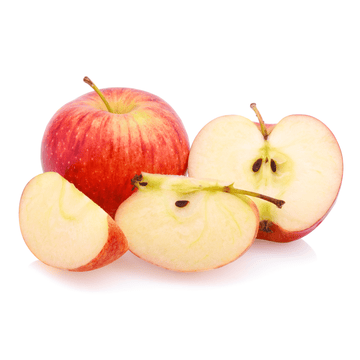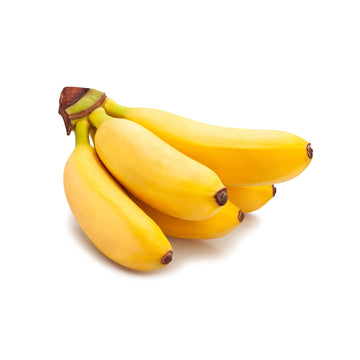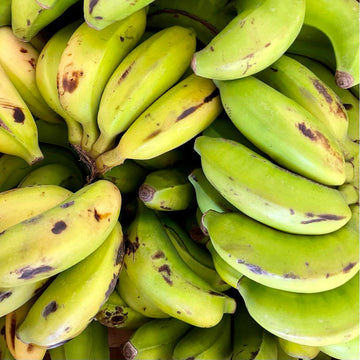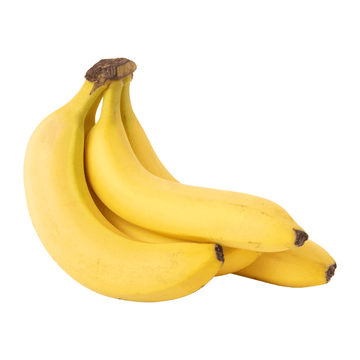Persimmon / Sharon Fruit - Fuyu
Subcribe to back in stock notification
Small
Origin -
Class - CAT 1
Average Unit Weight - 65 grams per unit
Medium
Origin -
Class - CAT 1
Average Unit Weight - 155 grams per unit
Introduction
Persimmon is the edible fruit of a number of species of trees in the genus Diospyros. The most widely cultivated species is the Diospyros kaki. Fuyu persimmons are short and squat and look like a tomato.
History
Persimmon is native to Israel and in fact it took its name from the from the Sharon plain, the valley of the river in Israel. There is evidence that the fruit has been cultured in China and in Japan since around 1000 BCE and it was introduced in Europe during the 17th century. It was later introduced in Africa and in America.
Regions
Persimmon is produced in many countries around the world and the leading persimmon producer in the world is China. Other important producers include: South Korea, Japan, Brazil, and Azerbaijan.
Flavours & Texture
It has a very sweet taste and many people have described its taste honey-like with hints of brown sugar. It's texture is similar to that of an apricot and its skin is a bit tougher than an apple's.
Preparation
When they are orange, they're ripe, and can be eaten like an apple as they do not need to be peeled. Alternatively, can slice it and add in a fruit salad. You can also make juice or smoothies.
Nutritional Value
Persimmon contains a low amount of calories and it is a very good source of fibre, minerals, and vitamins.
|
Calories per fruit (168 g) |
118 kcal |
|
Fat |
0.3 g |
|
Carbohydrates |
31 g |
|
Fibre |
6 g |
|
Protein |
1 g |
|
Calcium |
1% of the RDI |
|
Iron |
1.4% of the RDI |
|
Vitamin A |
55% of the RDI |
|
Vitamin C |
21% of the RDI |
SHIPPING
Choose your desired delivery date at the checkout, available delivery dates will be displayed at checkout stage. All orders are dispatched on a 24hr Next Working Day service. If no date is selected your order will be dispatched at the next available date.
We offer Free Next Working Day Delivery on all orders over £75 including our selection boxes.
Our shipping rates are as follows:-
England - £6.95
Scotland - £11.95
Northern Ireland - Not currently available
Customers are responsible for being present at the shipping address provided on the date selected at checkout. Exotic Fruits are not responsible for any missed or attempted deliveries that must be rearranged by the customer.
All orders are packed in cardboard boxes with a biodegradable packing pellets, straw, or hay to protect the fruit during transit.
RETURNS
Let's start by stating the obvious. Since our produce is perishable we cannot accept returns.
That said, we want every customer to be happy so we do offer vouchers, refunds and replacements at our sole discretion if your fruit has arrived inedible. If you would like to report an item which has become damaged or perished during transit, please:- We are not responsible for products that spoil if there is not someone to receive your delivery on the date that you request it, full tracking is provided and can be requested anytime after dispatch.
